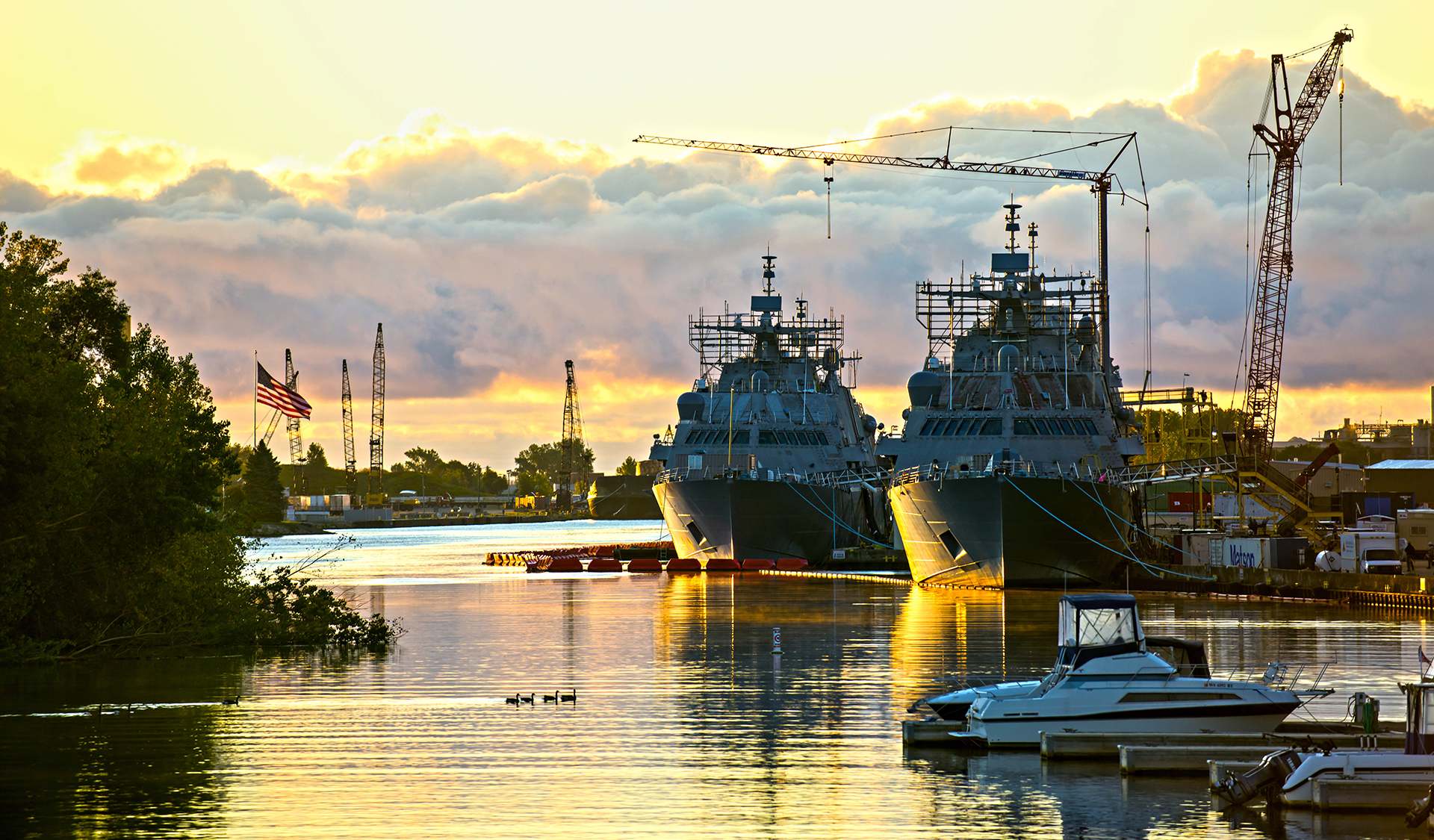Lockheed
Lockheed Shipyard at Harbor Island in Seattle, also known as Lockheed Shipbuilding and Construction Company, was the original site of Puget Sound Bridge and Dredging Company in 1898. Lockheed bought the shipyard in 1959. The company constructed ships until 1987 when the shipyard shut down over labor disputes, which resulted in part due to health concerns raised by employees.

This shipbuilder, like many of that time period, used asbestos in its insulation. This insulation was thought at the time to be the best for use in military ships because it was the most cost-effective fireproof and heat-resistant insulation available. Unfortunately, the insulation materials were also toxic to the employees who built ships and worked in the facilities where the carcinogens were present. Although the U.S. government was aware that such exposure could cause potentially deadly lung cancers and mesothelioma to those who came in regular contact, the extent of the damage was not materialized for many years until workers became deathly ill.
By the end of World War II, company reports produced by Puget Sound Bridge and Dredging showed that the company was aware of the asbestos risks to shipyard workers. Years later, through litigation, Lockheed’s administrators admitted that workers were not warned about the potential health hazards of exposure. The company failed to produce written employee guidelines for handling asbestos-containing materials until 1980, decades after the dangers were well known. In the meantime, thousands of former employees had become ill through no fault of their own. The shipyard has faced a myriad of lawsuits as a result of their negligence.
Lockheed-Martin has spent years attempting to clean up the damage caused by its shipyard. The Environmental Protection Agency in 2007 declared Shipyard 2 to be a priority of all the Superfund sites. Superfund sites are areas of land that are so contaminated with hazardous wastes that the government has prioritized their cleanup due to the risks posed to the environment and human life. Construction began in 2011 to try to eliminate the hazardous risks of the shipyard.
In 2010, the Washington Court of Appeals determined that the shipyard was responsible for the cancer and deaths of multiple plaintiffs, the majority of whom were shipyard employees and contractors. One subcontractor’s son was diagnosed with mesothelioma due to secondhand exposure to the dangerous insulation his father brought home from work on his uniform. Such exposure often causes deadly illnesses to family members, and in this case claimed the lives of both father and son.